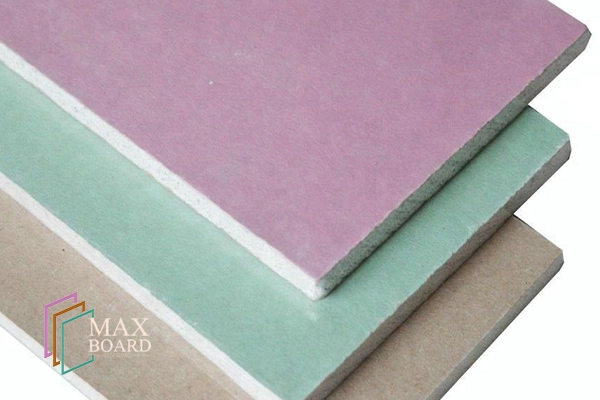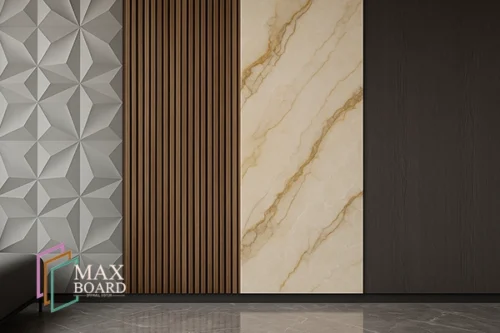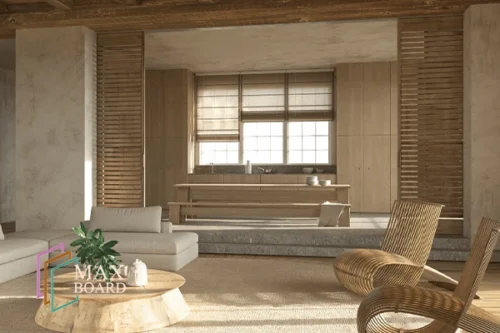Introduction
In the evolving world of construction and interior design, gypsum boards have become indispensable. From high-rise office buildings to cozy apartments, gypsum boards offer a cost-effective, durable, and versatile solution for both walls and ceilings. The rise in demand for faster, cleaner, and more energy-efficient construction methods has positioned gypsum boards as a primary choice in architectural planning and execution.
This comprehensive guide dives deep into the world of gypsum boards. We’ll explore the types available, their advantages, installation tips, environmental impact, and how they outperform traditional alternatives. Whether you’re a contractor, architect, builder, or DIY enthusiast, understanding gypsum boards is key to modern construction success.
What Are These Boards?
Gypsum boards, also known as drywall, plasterboard, or wallboard, are panels made of calcium sulfate dihydrate (gypsum) sandwiched between two sheets of paper. They are designed to provide a smooth surface for walls and ceilings while offering properties such as fire resistance, sound insulation, and thermal control.
Types of Gypsum Boards
1. Regular Gypsum Board (White Board)
The most common type, used in standard interior applications like living rooms, bedrooms, and hallways. It’s suitable for dry conditions and provides a clean, paint-ready surface.
2. Fire-Resistant Gypsum Board (FR Board)
Manufactured with glass fibers to enhance fire-resistance capabilities. Ideal for areas requiring higher fire ratings like staircases, corridors, and service shafts.
3. Moisture-Resistant Gypsum Board (Green Board)
Treated with waxes and anti-microbial agents to resist moisture and mold. Commonly used in bathrooms, kitchens, and laundry areas.
4. Soundproof Gypsum Board
Designed with layers of dense materials to improve acoustic insulation. Used in theaters, studios, conference halls, and shared walls in residential buildings.
5. Impact-Resistant Gypsum Board
Reinforced with fibers or special backing to withstand physical impacts. Ideal for schools, hospitals, and public areas.
6. Foil-Backed Gypsum Board
Includes a reflective foil layer for moisture and vapor barrier purposes. Often used in exterior wall linings or semi-conditioned spaces.
7. Flexible Gypsum Board
Thin and bendable, this type is used in curved walls and decorative architecture.
Key Advantages of These Boards
- Fast Installation: Lightweight and easy to cut, reducing construction time significantly.
- Smooth Finish: Ideal surface for painting, wallpapering, or decorative finishes.
- Cost-Effective: Affordable material with low maintenance requirements.
- Fire Resistance: Some types offer excellent fire ratings, increasing building safety.
- Sound Insulation: Reduces sound transmission between rooms.
- Moisture Control: Specialized types resist mold and water damage.
- Eco-Friendly: Made from abundant natural gypsum and recyclable paper.
Installation Process
Installing gypsum boards involves several key steps:
- Measuring and Cutting: Boards are measured according to wall or ceiling dimensions and cut using utility knives.
- Framing: Wooden or metal studs are placed at regular intervals (typically 16” or 24” apart).
- Fixing: Boards are fixed to the studs using drywall screws.
- Taping and Jointing: Joints between boards are covered with tape and joint compound.
- Sanding and Finishing: Surfaces are sanded smooth before painting or decorating.
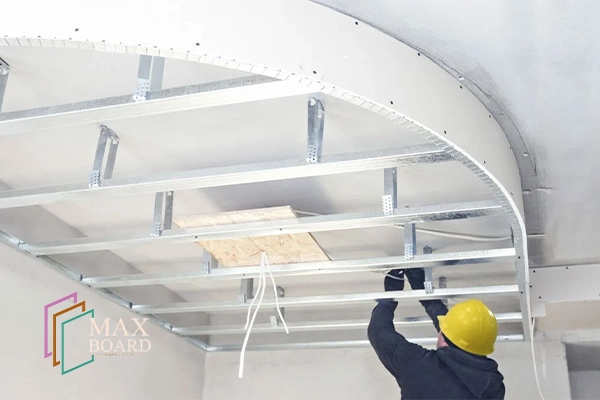
Applications of Gypsum Boards
- Residential Spaces: Bedrooms, hallways, living rooms, kitchens.
- Commercial Buildings: Offices, retail stores, hospitality venues.
- Healthcare Facilities: Hospitals, clinics, operating rooms.
- Educational Institutions: Classrooms, lecture halls, libraries.
- Industrial Buildings: Warehouses, control rooms, staff areas.
- Cultural Spaces: Museums, galleries, theaters.
Environmental Impact
Gypsum boards are widely recognized as sustainable building materials:
- Low Embodied Energy: Manufacturing requires less energy compared to cement-based products.
- Recyclability: Gypsum can be recycled repeatedly without degrading.
- Indoor Air Quality: Low emissions of VOCs (Volatile Organic Compounds).
- Waste Reduction: Prefabricated sizes reduce on-site waste.
Maintenance & Durability
Gypsum boards are long-lasting when installed and maintained properly:
- Avoid prolonged exposure to moisture unless using MR board.
- Regular inspections can prevent small cracks from expanding.
- Touch-up and repainting is easy due to the smooth surface.
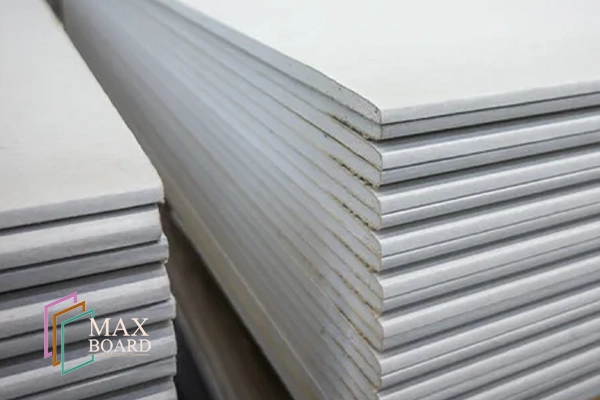
Gypsum Board vs. Traditional Wall Systems
| Feature | Gypsum Boards | Brick/Cement Walls |
|---|---|---|
| Installation Speed | Fast (dry method) | Slow (wet method) |
| Weight | Light | Heavy |
| Finishing Time | Short | Long |
| Thermal Insulation | Moderate | Low unless insulated |
| Acoustic Insulation | Good with layers | Poor |
| Flexibility | High | Rigid |
| Cost | Lower | Higher |
Conclusion
These boards have transformed modern construction by making walls and ceilings faster to build, easier to maintain, and more aesthetically versatile. Their multiple types serve varied needs — from fire safety to soundproofing — and their eco-friendly nature aligns with green building goals. Whether you’re outfitting a modern apartment or a large hospital, gypsum boards remain one of the smartest building materials of our time.
FAQ
Are gypsum boards suitable for exterior use?
Standard boards are not, but moisture-resistant or foil-backed types can be used in semi-outdoor conditions.
Can gypsum boards be repaired if damaged?
Yes, small holes and dents can be patched easily with joint compound.
Are gypsum boards safe for health?
Yes, they are non-toxic and emit very low levels of VOCs.
Can gypsum boards hold heavy loads?
With proper anchors, yes. However, brick walls are still preferred for extremely heavy installations.
Do gypsum boards require painting?
While not necessary, painting improves aesthetics and protection.
Some of our Products:
Read more on:

